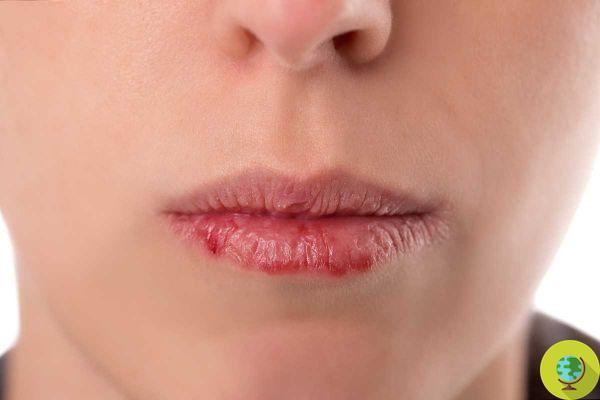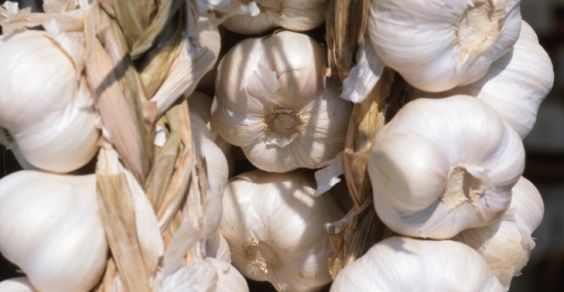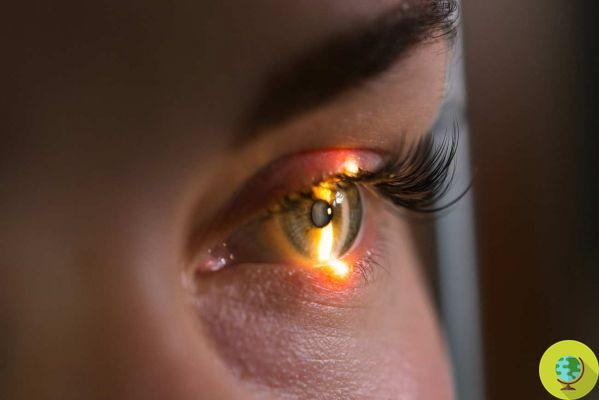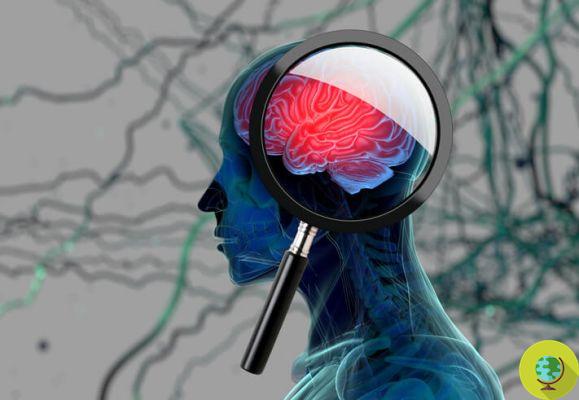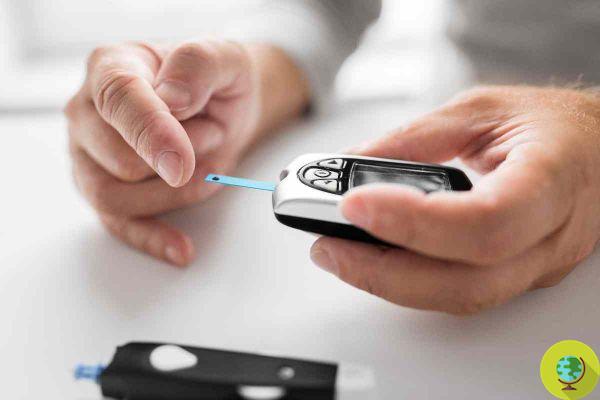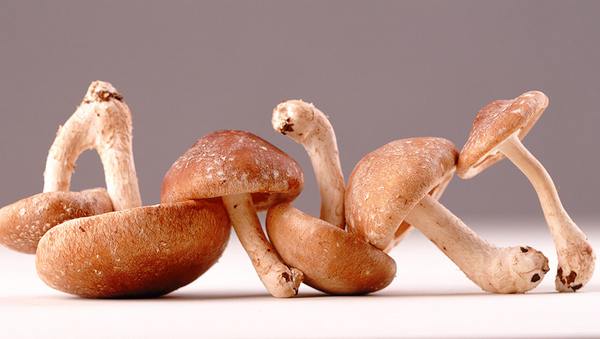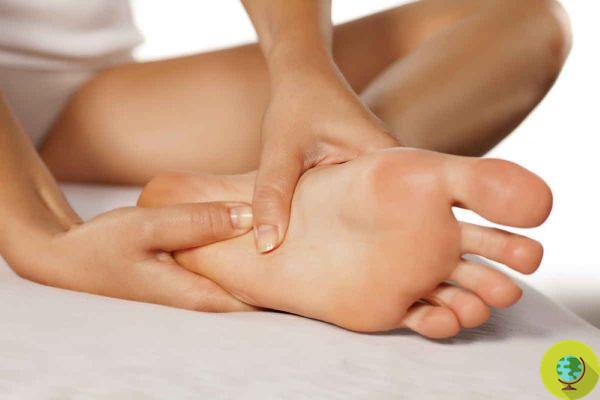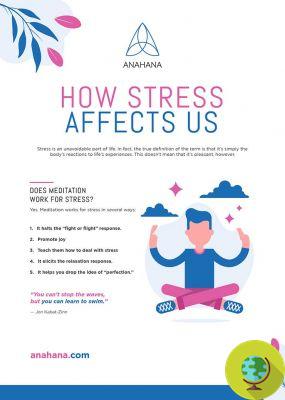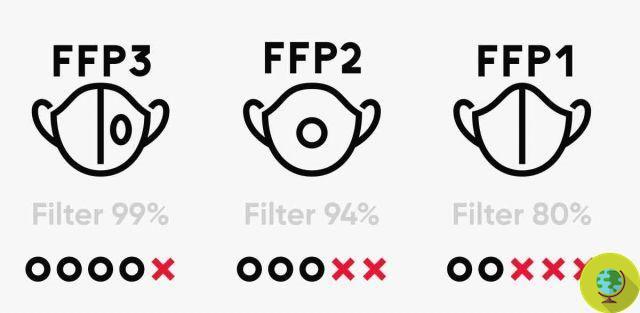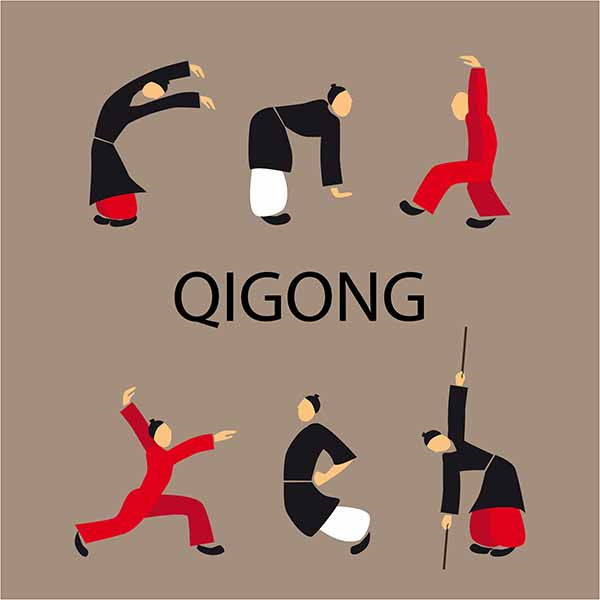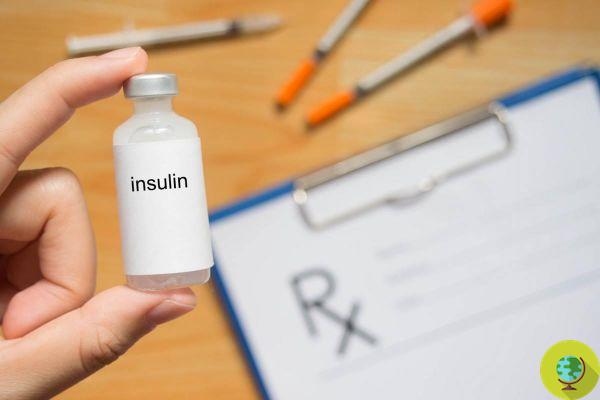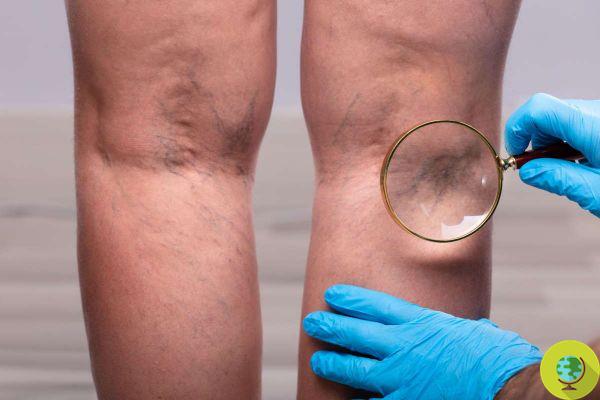
For weeks, there has been talk of thrombosis and blood clots which, in some cases, can even be dangerous. How to recognize them?
Don't store avocado like this: it's dangerousFor weeks now, we have been talking about thrombosis and blood clots which, in some cases, can also be dangerous and seriously jeopardize our health. They can form in the blood vessels of almost any part of your body.
The clot, in fact, can form in the artery, which carry blood oxygen from the heart to all the cells in your body and the result can be very serious. It can prevent oxygen from reaching the heart, lungs or brain and cause a heart attack or stroke.
Also read: Watching TV for too long increases the risk of blood clots in the veins
But the blood clot can also form in the vene that bring the blood back to the heart. When this happens, symptoms usually come on more gradually, but they can still lead to serious trouble. In all cases, it is important to know that clots can often occur with little or no symptoms.
Here are the main symptoms to watch out for:
Index
Legs and arms
- swelling, which may occur where the blood clot forms, or may affect the entire leg or arm
- change in color and itching
- pain: as the clot gets worse you may start to feel pain
- warm skin: the skin around painful areas in the arm or leg in the case of a thrombosis may feel warmer than in other areas.
- breathing problem - if this happens, it could mean the clot has moved from the arm or leg to the lungs
- chest pain or dizziness
- leg cramps: if the clot is in the calf or lower leg, you may feel like you have a cramp
- edema: thrombosis can cause fluid to build up (edema) in the arms or legs. When you press on the swollen area, a dimple is created which remains for a few seconds.
- swollen and painful veins - pain may increase with touch
Heart
In this case, the symptoms to pay particular attention to are:
- severe pain in the chest and arm
- sweating
- breathing problems
Lungs
A blood clot in the lung usually begins in a deep vein in the arm or leg, from which fragments (emboli) break off and reach the lungs. When this happens, what is called pulmonary embolism occurs, an extremely dangerous condition. Symptoms:
- shortness of breath or trouble breathing
- chest pain
- cough
- sweating
- dizziness
Brain
Sintomi:
- problems with sight or speech
- general feeling of weakness
- convulsions
Belly
Blood clots can occur in the veins that drain blood from the intestines, for example caused by conditions such as diverticulitis or liver disease.
Symptoms:
- nausea or vomiting
- severe pain in the belly, which may get worse after eating
- Diarrhea
- i did it bloody
- bloated feeling
Reni
A blood clot in the kidneys can prevent them from removing toxins from the body. This can cause high blood pressure or even kidney failure.
Symptoms:
- pain in the side of the belly, legs or thighs
- blood in the urine
- fever
- nausea or vomiting
- hypertension
- sudden and severe swelling of the legs
- breathing problems
Read also:
- Symptoms of poor circulation: the first signs to watch out for (and that we sometimes ignore)
- From cracked heel to swelling, what do your feet say about your health?




